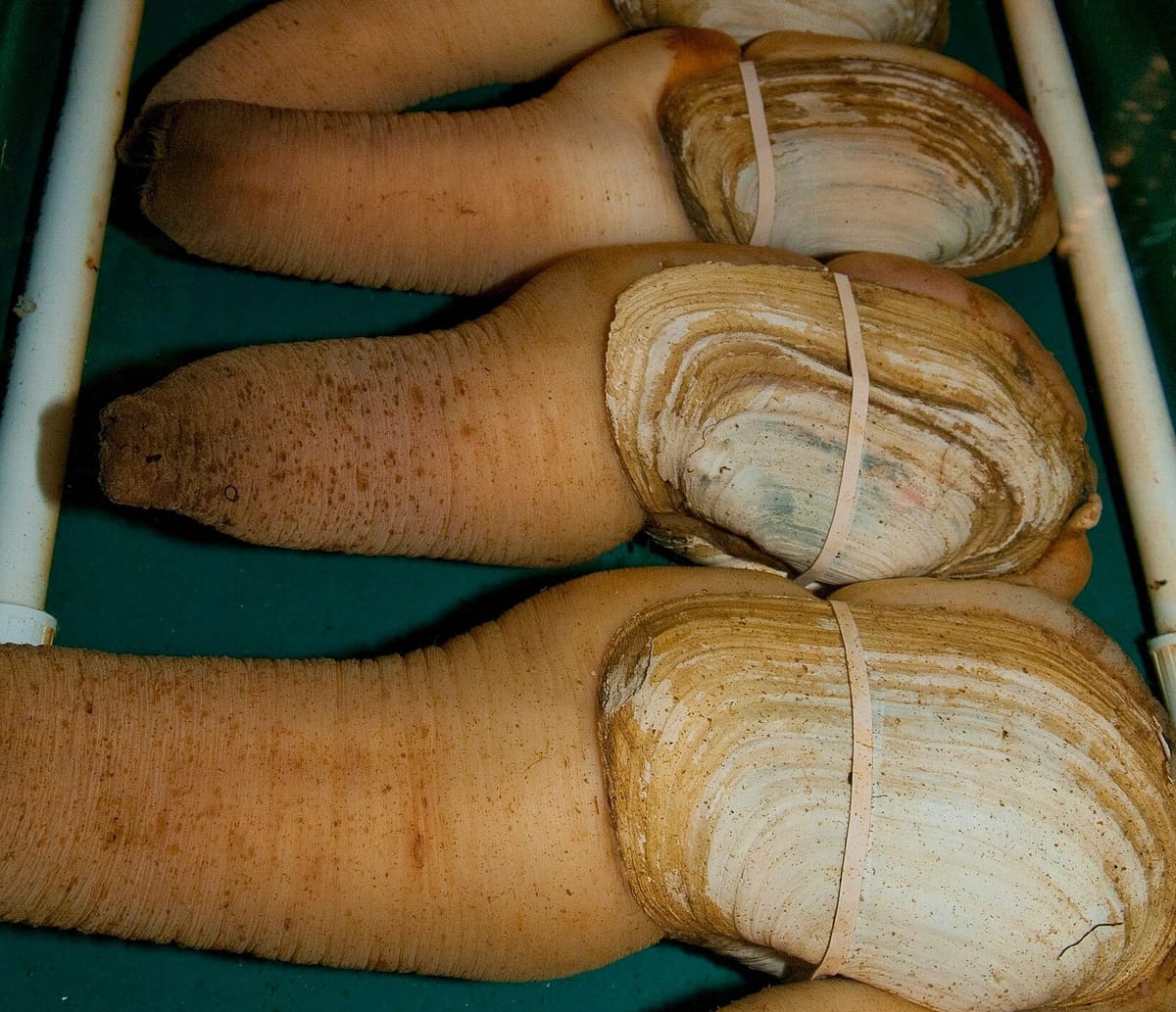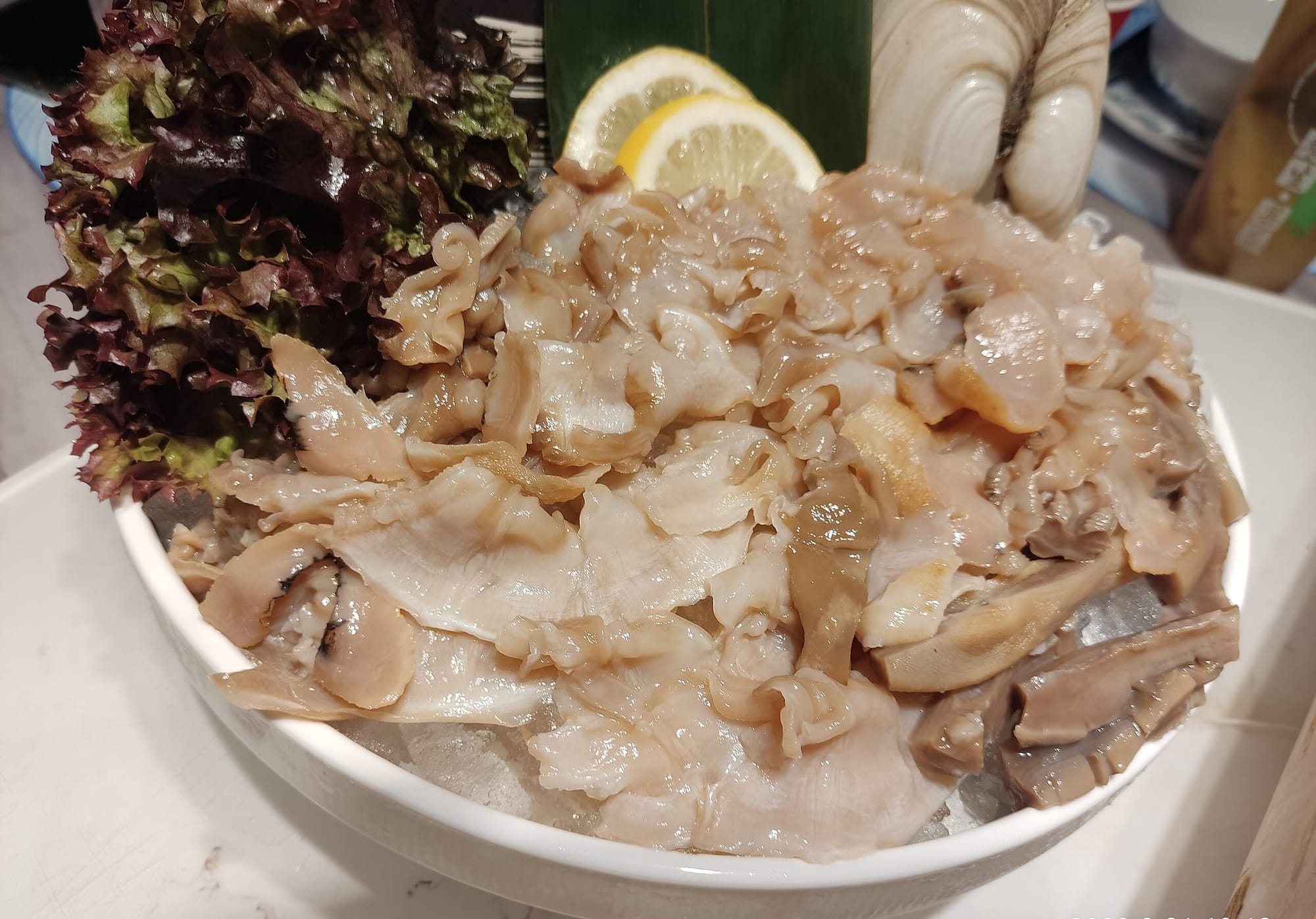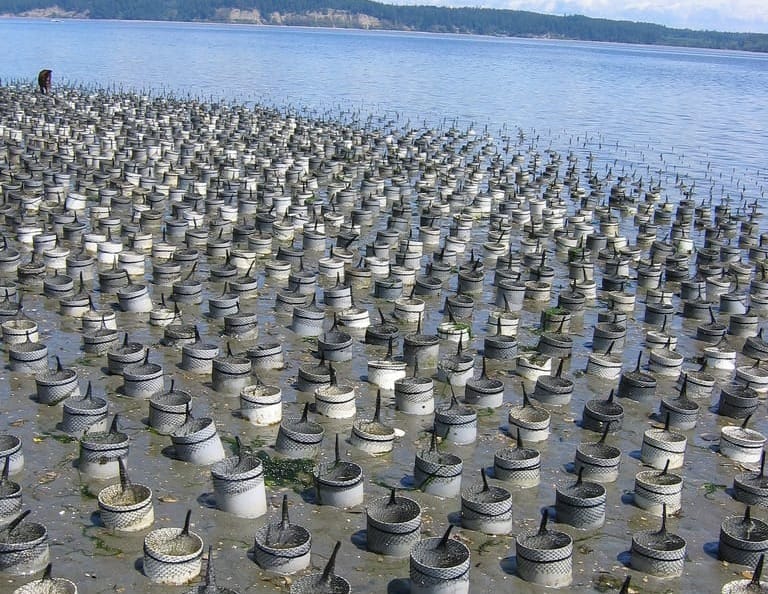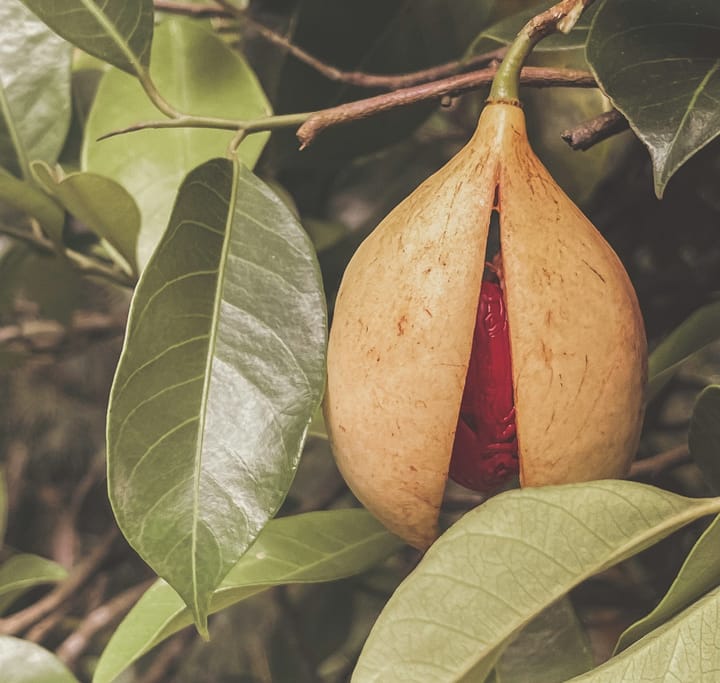Geoduck Clam: Preparing and Enjoying the Pacific Northwest Delicacy
Discover the fascinating world of geoduck, the giant saltwater clam native to the Pacific Northwest that's prized as a delicacy for its sweet flavor and crunchy texture, often enjoyed raw as sashimi, lightly cooked, or in stir-fries.

Geoducks (pronounced "gooey-ducks") are a species of large saltwater clam native to the west coast of North America, primarily found in the waters of Washington state and British Columbia.
These fascinating bivalves are not only unique in appearance but also hold several records in the animal kingdom.
Scientifically known as Panopea generosa, geoducks are among the largest burrowing clams in the world.
On average, they weigh between one to three pounds, but some specimens have been known to reach an impressive 15 pounds.
What truly sets the geoduck apart is its incredibly long siphon or "neck," to draw oxygen and consume phytoplankton, which can extend up to one meter in length while its body remains buried deep in the sand.
Perhaps most remarkably, geoducks are among the longest-living animals on Earth.
The average lifespan of a geoduck is around 140 years, with some individuals found to have lived over 160 years.
To put that into perspective, a geoduck born during the American Civil War could still be alive today!
The Prized Delicacy of the Geoduck
Beyond its biological wonders, the geoduck is highly prized as a culinary delicacy, particularly in Asian cuisine.
The clam's sweet, delicate flavor and crunchy texture have made it a sought-after ingredient in upscale restaurants and markets.
The geoduck market is a significant contributor to the economy of the Pacific Northwest, with the clams often selling for upwards of $150 per pound.
In fact, Washington state is the largest producer of both wild and farmed geoduck in the world.
So what does geoduck taste like? The flavor is often described as a cross between a scallop and a clam – sweet and mild with a firm, meaty texture.
The edible parts of the geoduck are the long siphon or neck, prized for its crunchy consistency, and the round belly or breast, which is more tender.
Geoduck Around the World
In its native Pacific Northwest, geoduck is often enjoyed raw as sashimi or ceviche.
Thinly sliced geoduck sashimi, typically served with soy sauce and wasabi, is considered a true delicacy.

The clam can also be poached, stir-fried, sautéed, or added to chowders and stews for a unique twist on classic seafood dishes.
Across the Pacific, geoduck has found a prominent place in Chinese cuisine. In China, the clam is regarded as a luxurious ingredient, often the star of banquets and high-end restaurants.
Geoduck is commonly served as a raw appetizer, quickly blanched to bring out its sweetness, or stir-fried with vegetables in savory sauces.
Interestingly, geoduck is also valued in traditional Chinese medicine.
The clam is believed to offer various health benefits and is sometimes touted for its aphrodisiac qualities, though these claims have not been scientifically proven.
Ensuring a Sustainable Geoduck Industry
With the high demand for geoduck as a delicacy, there are understandable concerns about the sustainability of wild geoduck populations.
To address this, the Washington State Department of Natural Resources carefully manages the geoduck fishery to ensure its long-term viability.
Wild geoducks are individually harvested by divers using high-pressure water hoses to uncover the clams buried deep in the sand.
This labor-intensive method helps to maintain the natural habitat and prevents overharvesting.
In recent decades, geoduck aquaculture has also emerged as a sustainable alternative to wild harvesting.
Juvenile geoducks are planted in subtidal farms and left to grow for 5-7 years until they reach market size.
Today, farmed geoduck accounts for about half of the total market supply.

Whether wild-caught or farmed, geoducks are regularly tested for toxins and contaminants to ensure they are safe for human consumption.
When harvested and handled properly, geoduck can be a sustainable and responsible seafood choice.
Bringing Geoduck to Your Table
If you're fortunate enough to find fresh geoduck at your local seafood market or while visiting the Pacific Northwest, don't be intimidated by its unusual appearance.
With a little know-how, geoduck can make a unique and impressive addition to your home cooking repertoire.
The first step is to clean the geoduck. Start by thoroughly rinsing the exterior to remove any sand or grit.
Next, briefly blanch the entire clam in boiling water for 10-20 seconds to firm up the meat and make it easier to handle.
Once cooled, use a sharp knife to cut away the tough outer skin of the siphon, revealing the white meat inside.
Separate the siphon from the belly meat and rinse both pieces well under cold running water.
From there, the possibilities are endless. Thinly slice the siphon for a beautiful geoduck sashimi plate, or cut the belly into strips for a quick stir-fry with garlic and ginger.
The sweet, crunchy meat also shines in ceviche or even a classic chowder with a geoduck twist.
Beyond its culinary appeal, the geoduck has become a cultural icon of the Pacific Northwest.
Its distinctive appearance has sparked both fascination and playful humor over the years. The clam even serves as the official mascot of The Evergreen State College in Olympia, Washington.
In the end, whether enjoyed as a luxurious raw delicacy or a flavorful addition to your favorite recipes, the geoduck offers a taste of the unique bounty and character of the Pacific Northwest.
Through sustainable wild harvesting and responsible aquaculture practices, this long-lived, fascinating giant clam will likely remain a celebrated treasure for generations to come.


